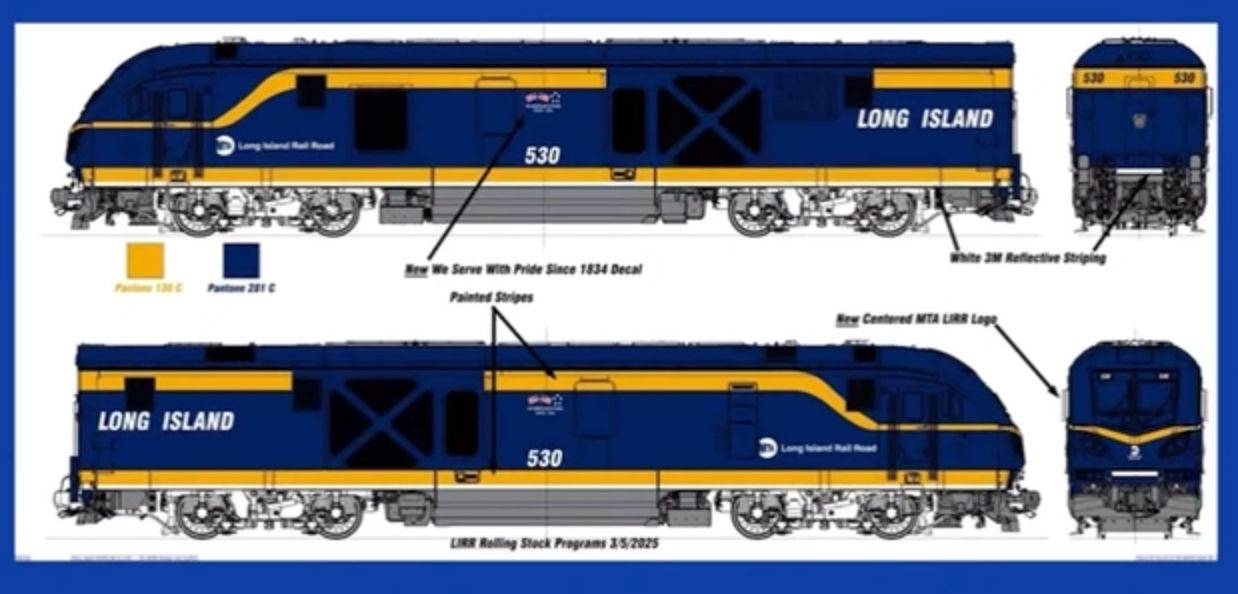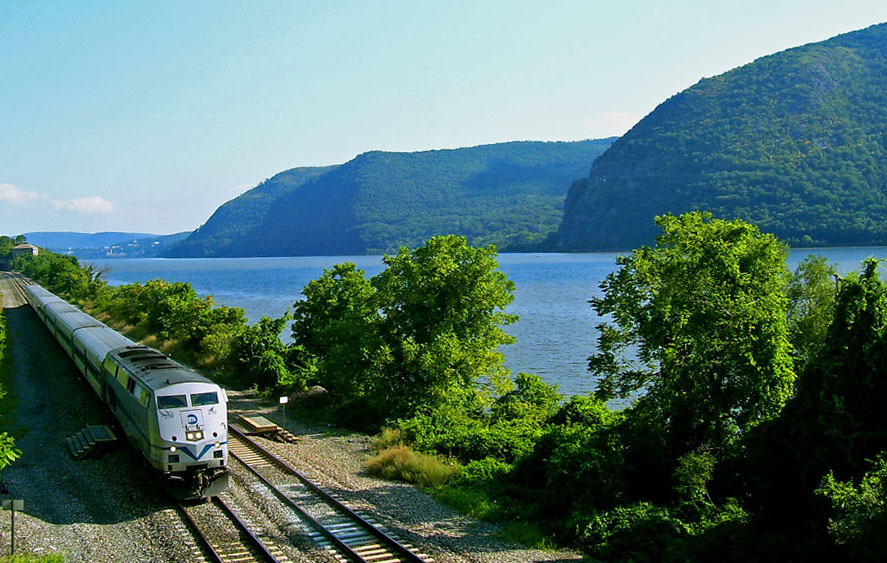In today's post, I'm going to build on yesterday's post about the Crippling State of the LIRR's Diesel Fleet, by talking more about the future of the LIRR's current diesel fleet.
In the LIRR's most recent 20-year needs assessment (which will soon be getting a post of it's own), the LIRR didn't mention anything about electrification out to Port Jefferson or Patchogue, hinting this is not coming in the next 10 or so years. They did say that they'd analyze it in the 2025-2029 capital program, suggesting it's coming.
While it wasn't mentioned in the 20-year needs assessment, the LIRR once again, for like the third capital program, did mention possible future electrification of the Main Line to Yaphank, along with capacity improvements on the Port Jefferson and Montauk branches. It seams, at least for now, that given the order of up to 66 new locomotives, they're going down the dual-mode route. Even if they weren't to electrify the Main Line to Yaphank, 66 new locomotives would be more than enough equipment to cover service on the Port Jefferson Branch, Montauk Branch, Oyster Bay Branch, and Main Line east of Ronkonkoma. They may also have enough equipment to use it as a supplement to MUs on busy trains on other electrified lines, such as an 8-car MLV set covering a busy westbound Babylon Branch train in the morning, for example.
I believe the LIRR made the right choice with replacement of it's diesel fleet. They bought enough of them to provide a comfortable level of service, where they don't have to worry about not having enough equipment, something they constantly have to deal with now, and they have a little "wiggle room" to expand. I mean, look, it's better to have extra diesels around, which could be used to supplement electric trains during events, or provide emergency service during after major catastrophes (think Long Beach after Hurricane Sandy), then to have too few when electrification projects fall through.
I'd much rather have a couple of extras lying around, which I guarantee you they can somehow find a way to use, and even if they can't they can always lease them. Some have voice concerns about ordering too many, and then it would "come back to bite them" if they do manage to finish any electrification projects during that timeframe. To me, this is very shortsighted as given the MTA's current track record of getting things done, they typically set a release date and it typically goes over that, sometimes by even a third or half. If they are planning to electrify, then they'll have 25 years before these new locomotives are due for replacement, to finish the job.
At this point, I think the LIRR should focus on improving service with the current fleet they've got and is getting. While electrification has and probably always will be the ideal option, as it allows for the lowest operating costs, direct service to all terminals, I believe if they truly make the best possible use out of the diesel equipment they have, then they could provide a level of service comparable to the average electric line. Look at Metro-North, for example, which provides hourly dual-mode service to/from Poughkeepsie (besides the last train of the night from Croton-Harmon.) Those trains are constantly the most popular in the entire system, and are even more travelled than the electric trains are. If the LIRR were to adopt a similar system, they could possibly be even more successful.
I believe the main reason diesel service is so unattractive is because of the gaps. Frequencies are generally fine right now, and if they were to electrify to Patchogue and Port Jefferson, or provide dual-mode service, then they could probably provide hourly service to Port Jefferson and service every 30 minutes to Patchogue. While I believe hourly service is enough for my home section of the Montauk Branch west of Patchogue, if they were to electrify, they'd probably have to provide 30 minutes as a compensation for taking land. Plus they love to spoil this area anyway, so if there gonna electrify, you might as well let them do it. It would bring a lot to my area to have half-hourly service to points west.Dual-Mode Fever
The massive order of 66 locomotives is more than enough to provide a baseline of hourly service from Patchogue, Oyster Bay, and Port Jefferson direct into Penn Station during pretty much all hours of the day, along with even better peak service than what is provided today. I'd say the biggest improvements would be on the East End, where they could close some of the largest gaps in service and provide more peak options. Look at Metro-North, which, like I mentioned above, provides a baseline of hourly-service to/from Poughkeepsie; that could represent service levels of Port Jefferson and Patchogue. Meanwhile, Danbury would do a great job representing Speonk and Oyster Bay (with roughly bi-hourly to/from HPA), Waterbury would represent the North Fork (with mainly shuttles to Ronkonkoma, possibly with the added bonus of a thru-train every once in a while), and Wassiac would represent service levels on the South Fork. Not only does Metro-North have considerable success with it's dual-mode operations, but, NJTransit's dual-modes are also doing a pretty good job.
If they are so popular, you may be wondering why the LIRR doesn't provide more dual-mode service now. I mean they have the equipment for it, and the demand, don't they? Well, the main reason they limit it is because they really don't have enough equipment to do so, and now that they'll have more equipment, this issue will finally be resolved.
I think the LIRR's main goal with buying these locomotives is mainly not only to expand their diesel fleet, but also to buy time to stall on electrification. Like I mentioned earlier, electrification should be the ultimate reward for these communities, as it provides a level of service that can't be seen using dual-modes, period, if the LIRR does a "free trial" using the dual-modes for 10-15 years, people of the communities in diesel territory will begin to realize the benefits, and possibly be more open to electrification.
In conclusion, yes, if the LIRR actually steps up and decides to make use of the new dual-mode locomotives to provide much-wanted dual-mode service, then, I strongly believe dual-mode service could supplement electrification, at least for a little while.
Included below is a poll. Considering it's going to be another 20-25 years or so before these new coming locomotives are replaced, I'd love to know your opinion on how far you think the LIRR will have electrified it's system by the time 2045 rolls around:



No comments:
Post a Comment